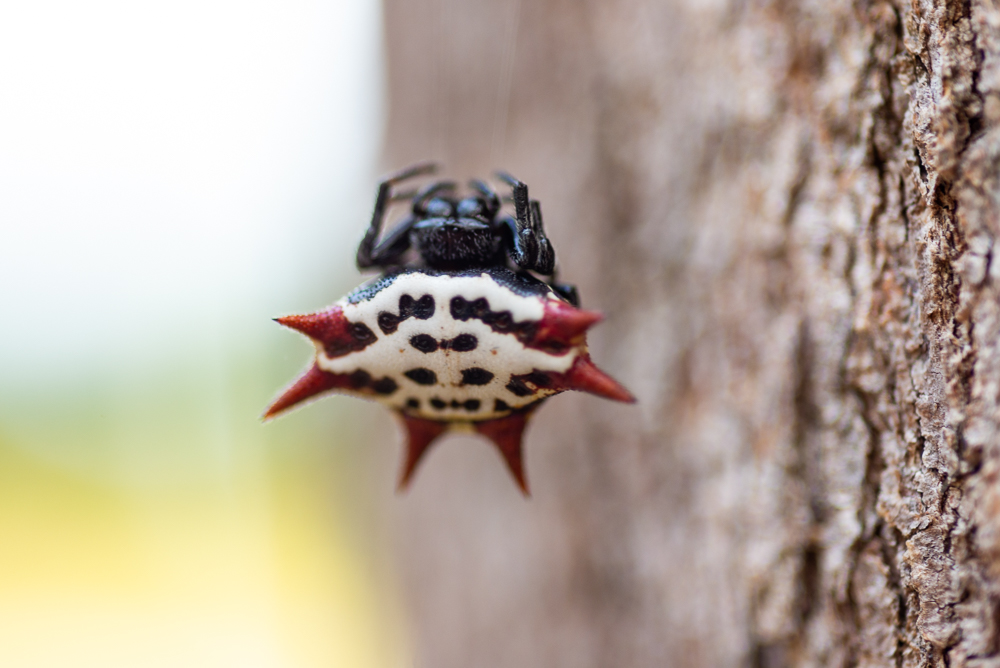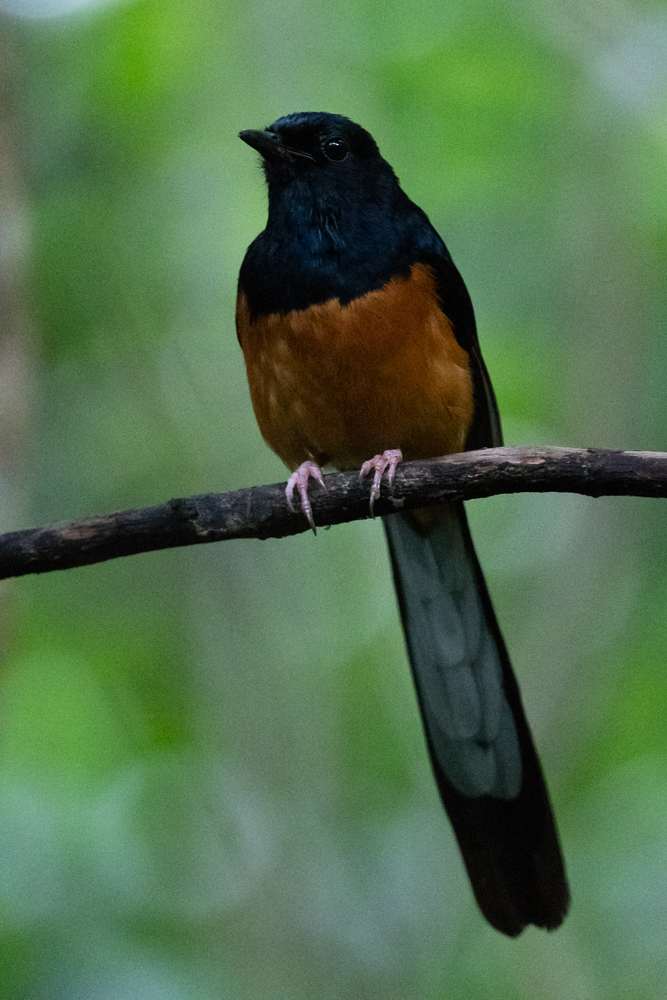My "First" Impressions of Hawaii
Sea Turtles sleeping under the stars on the beach of Nomilu, Kaua'i.
Now I've already been living on Hawaii for over a month, so I can't really call this my first impressions anymore. But of course I still wanted to give a little accord of my experiences with the islands so far. So what took me so long?
As I announced in my last blog, I came to Hawaii to do research for my Master's thesis in Marine Science, studying the biogeochemistry of a pond on the island of Kaua'i. I moved to Honolulu in the end of June and was off to a very intense start. From my first day at the University, I had 12 days to prepare for the first fieldtrip to take samples at my research area. So I had to start planning what samples I wanted to take, putting together the materials and prepare an outline of objectives. Then we went out to Nomilu on Kaua'i with a team of five people to take measurements and samples and test some new equipment (including a small ROV for underwater exploration, really exciting!). And since we came back, I've been super busy analyzing samples in the laboratory and compiling the first available data. This first trip was intended as an exploratory assessment of a large array of basic environmental parameters to narrow down the future research focus further from the little data that was available for the area before.
A monk seal resting on the beach.
Apart from being very interesting for my research, I have to say that Nomilu is an absolutely beautiful area. We were camping at the pond and it felt like working in paradise. With rocky shores and a white sand beach nearby that was regularly visited by resting monk seals and sea turtles and just perfect weather. As scientific fieldwork usually is, it was very exhausting having a full program with work during day and night but also a beautiful experience. I had a little mishap, cutting my hand on the first evening, but although the area is very isolated, surrounded by a large coffee plantation, the emergency room was well in reach to get me stitched up. And apart from that the work went really well and we were met extremely kindly by the owners of the property. So once more a stunning experience and I can't wait to go back there for further sampling.
The main reason it took me so long to get this together is that outside of University, I have only managed to do a few short trips in the area and didn't get many photos yet that I considered worth sharing. It is quite difficult to get away from civilization and tourist groups here. That is not to say though that there are no beautiful natural areas here. From what I have seen so far on Oahu (the island where Honolulu is located), I see it as two basic types of environments. One is the coast with rough volcanic basalt shores, dry shrub and white sand beaches. The other are the ridges and valleys towards the inside of the island. Getting into those forests feels like being in the tropical rainforest. Of course it was quite the change for me, getting used to the hot climate here. I am much better adapted to the colder, rough weather of northern Germany and Scandinavia. But considering the boiling hot summer Europe is currently experiencing, ironically it actually is rather mild here in comparison.
In the busy time between finishing my first year of studies in Gothenburg, moving all my stuff back to Germany and then going to Hawaii, I did not prepare too intensely for birdwatching here. Of course I knew about the struggles with invasive species that most of the Pacific islands face. And of course, we have such problems, too. But it is much more problematic when populations are so isolated that an invader can easily eradicate an endemic species that lives only on one particular island. I was rather shocked to learn how bad it really is on Hawaii. So many species have been introduced here and spread widely that the native birds have actually become the rarity. I have seen very few and of the images shown here, only the 'Iwa frigatte bird is a native species to Hawaii and all other bird species have been introduced on the islands from around the world by humans. Many are very colorful and pretty but the knowledge that the introduction of these birds has displaced so many native species does take away from the joy of seeing them a little. Of course this problem extends beyond just bird species to all parts of the ecosystem, but birds are what I know best and where it seems to be the most severe.
4th of July fireworks.
Lastly a little take on American culture from the perspective of student from the northern German countryside: Well, most clichées were fulfilled. Big cars, sugar and guns. For me as a cyclist, traffic here can be a little terrifying. There are very few bike lanes and car drivers just don't seem to be used to looking out for cyclists. But with flashing lights on my bicycle and bright yellow shirts I've stayed alive so far. Sugar is just everywhere you wouldn't expect it. The Swedes already have a very sweet tooth, so I was used to it to a certain extent from my year in Sweden but this is a whole new level. Everything sweet is even sweeter and even things that normally aren't sweet are here. Most bread tastes more like cake to me. But you just have to find your way around it and a lot of it can be avoided by buying fresh ingredients. That is a great plus here though with farmer's markets around town every day selling fresh fruits and vegetables. Especially the fruits you can not get grown locally in Europe are of course especially exciting for me like fresh bananas, pineapples and mangoes.
So far I've been really happy here. I think that on the long run, I will probably be drawn back to more northern areas and into a less urban/touristy environment. But I am sure that this year here will be an amazing experience for life and I am very much looking forward to having the time to actually explore the area in the not too far future.























